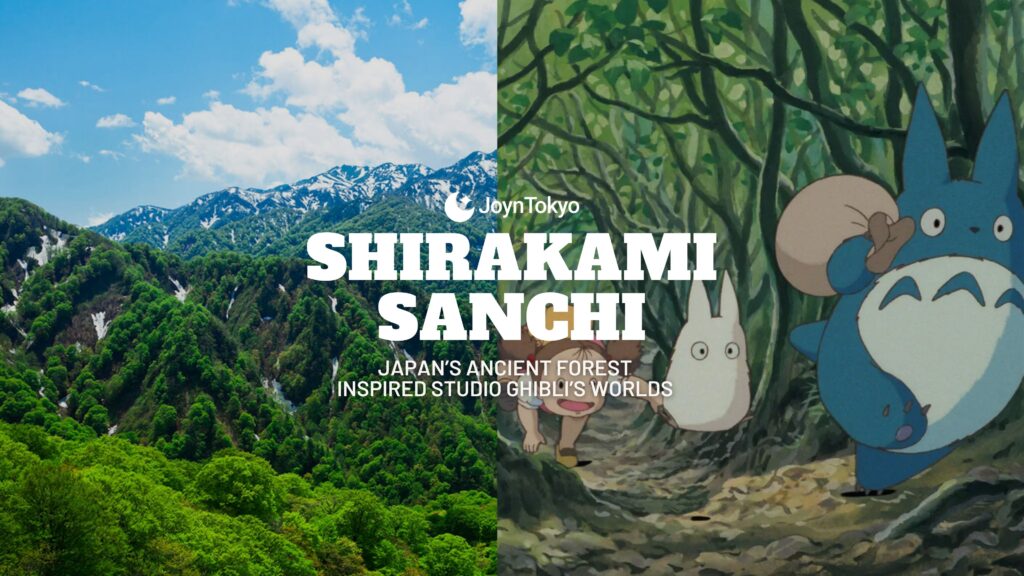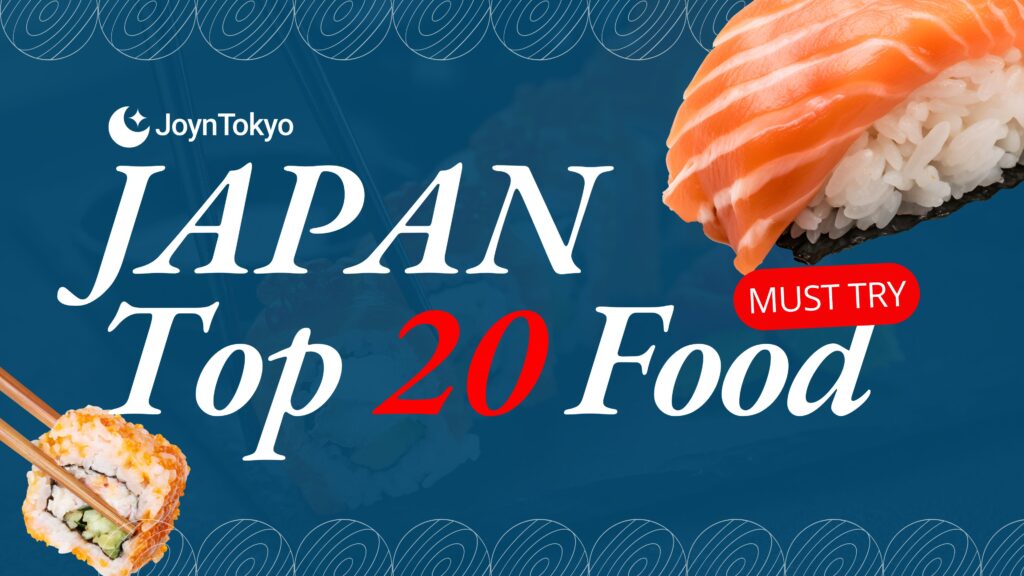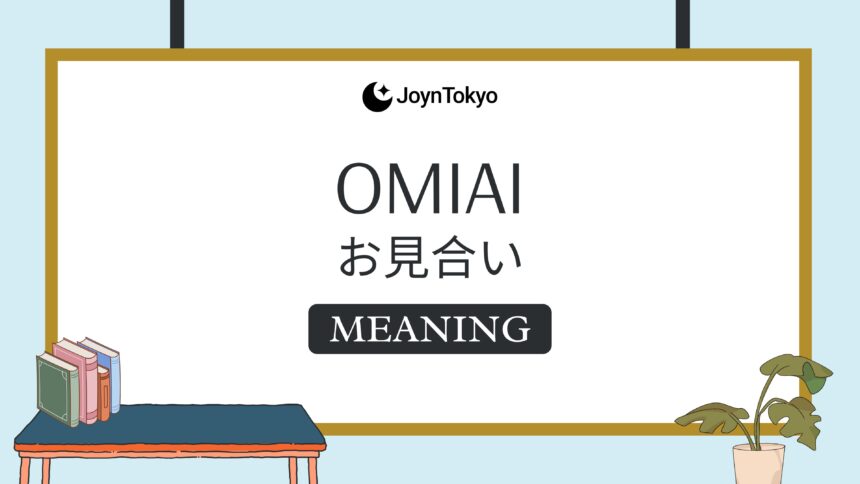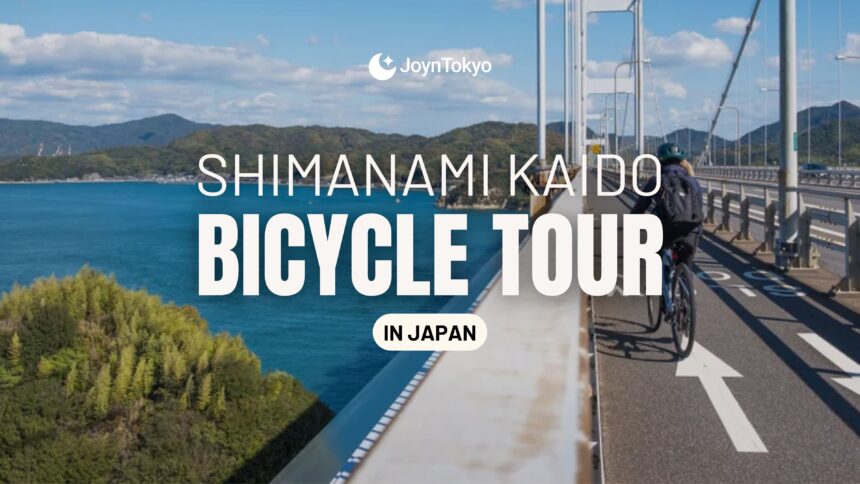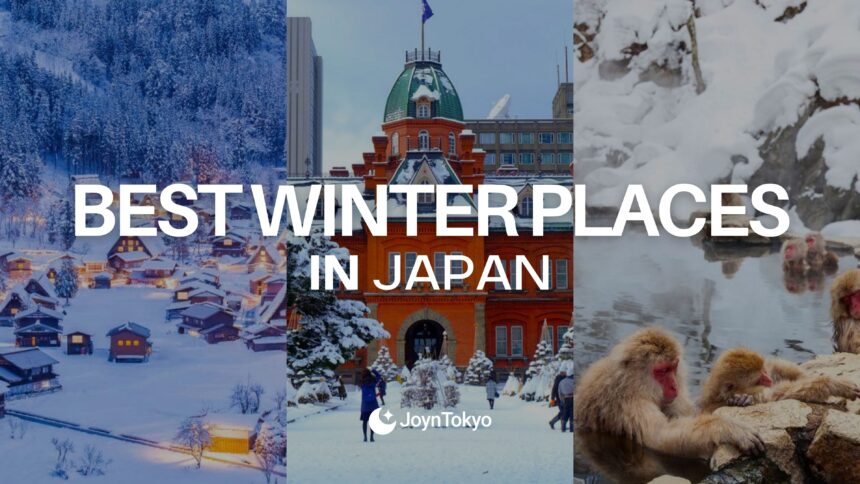Tokyo is one of the most convenient cities in the world to live in: excellent and affordable public transportation, as well as most necessary amenities being within a stone’s throw of most locations means that not only is owning a car mostly unnecessary, but one barely needs to do much walking in order to meet most of your daily needs.
For those that love walking, though, what options are there? Sure, you can explore the city’s winding roads and various unique neighborhoods, but sometimes, don’t you want to get back to nature? To climb something other than hilly tarmac? To have a real view? Well, luckily, there are many options for those interesting in hiking in Tokyo and its surrounds, without going too far outside the capital.
Read More
Top Ten Hikes Around Tokyo
For those aching to make their legs ache a little, we’ve compiled out top ten hikes around our beloved capital. We’ve attached a difficulty rating to them, as well, so that you’re neither overwhelmed or disappointed, depending on where you visit.
Mt Takao
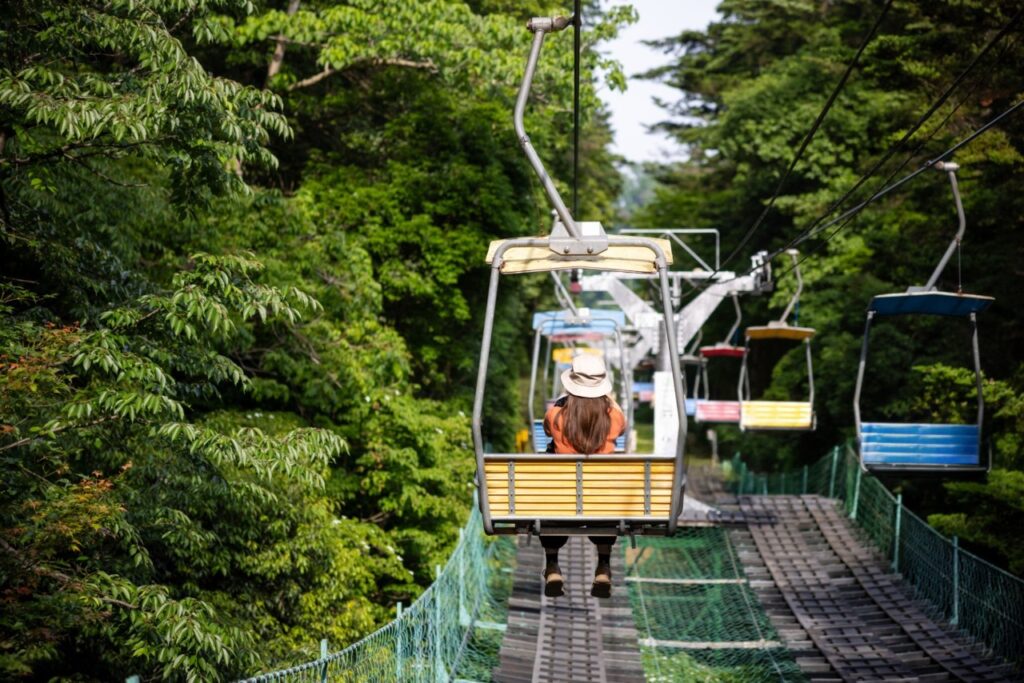
Difficulty: Easy
Season: Year-round
Duration: Three hours
One of the most popular hikes for those living in the capital, Mt Takao has a number of different paths for hikers to take, depending on your mood, though none are especially challenging. It takes roughly three hours to hike up and down, and the fantastic views at the top can be enjoyed from a local soba restaurant. It’s open all year around, and is popular in the spring and fall.
Mt Kobo
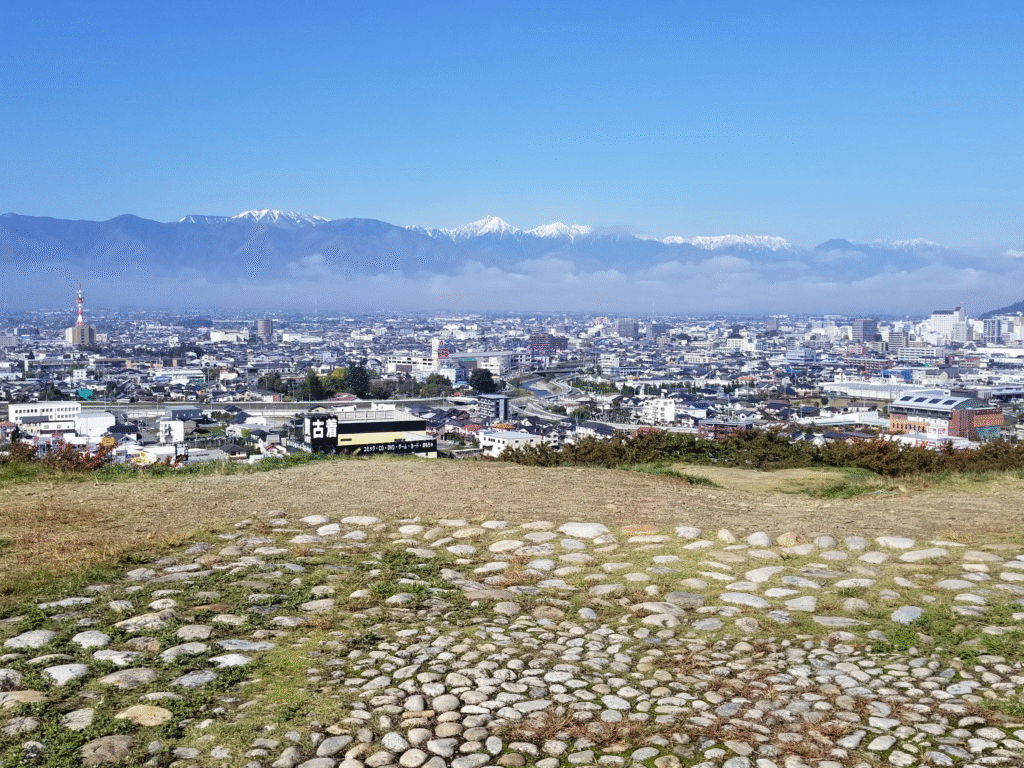
Difficulty: Easy
Season: Year-round
Duration: Two and a half hours
A short and easy two and a half hour hike that is perfect for first-timers, this mountain is to be found in the foothills of Mt Oyama, further down on this list. Popular in the spring, but open every month of the year, the summit has picnic tables and excellent mountain and sea views on sunny days.
Mt Tsukuba
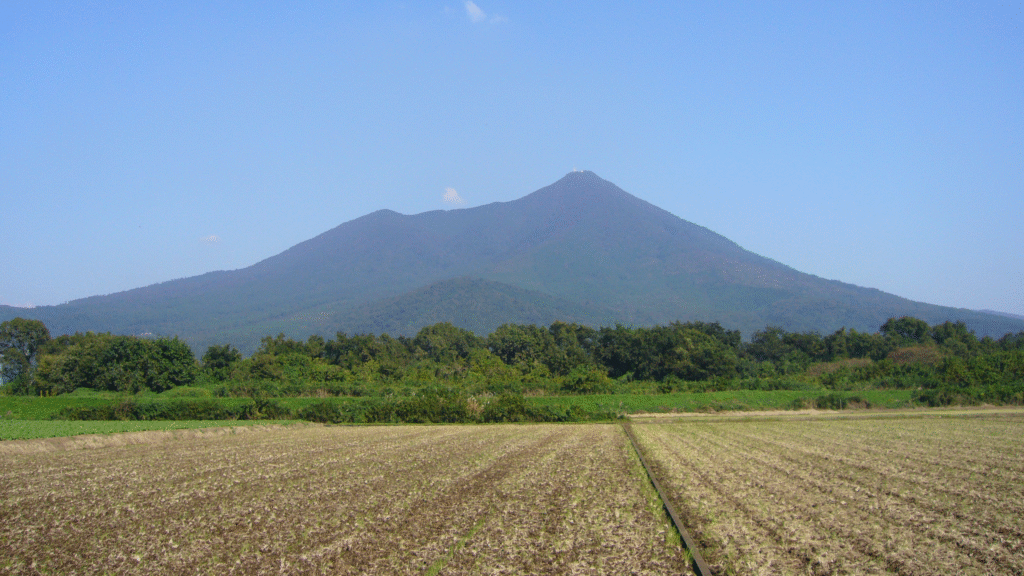
Difficulty: Easy
Season: Year-round
Duration: Three to four hours
One of the 100 Famous Japanese Mountains, Mt Tsukuba is notable for having two separate peaks. It also has a shrine for matchmaking, reflecting the topography, for couples to visit and pray for good luck in their relationship. Though great for beginners, it can be steep in places, so some prefer to descend on cable cars so that they can enjoy the views of the plains of Kanto without wearing out their legs.
Mt Mitake
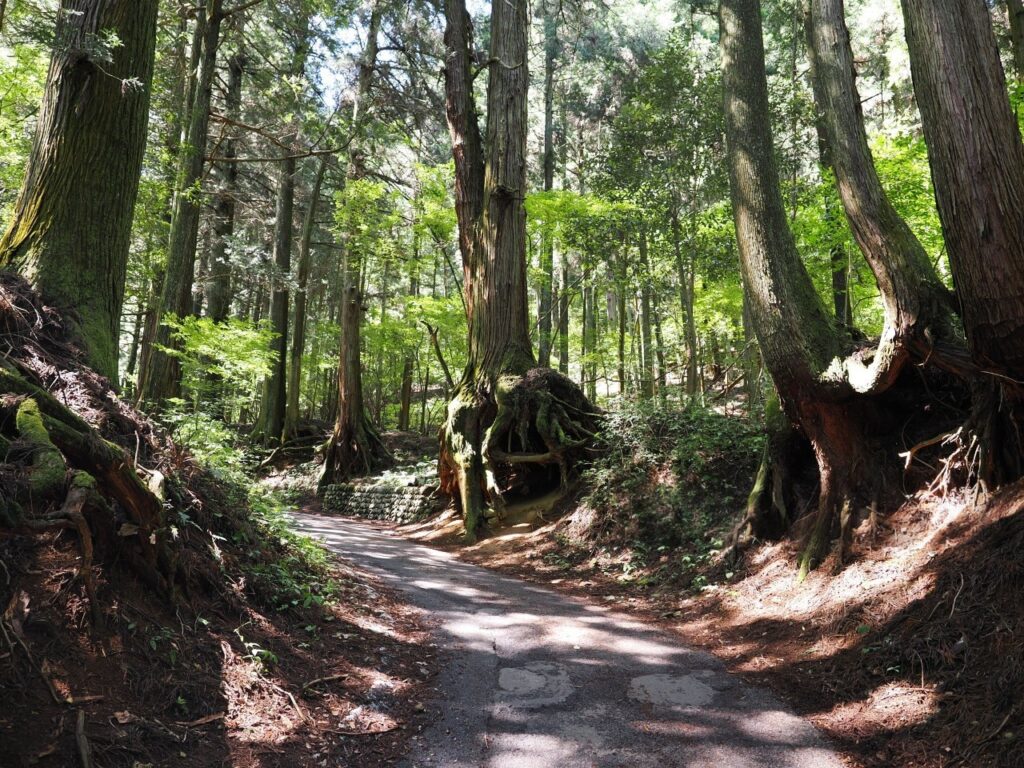
Difficulty: Easy
Season: Year-round
Duration: Three to four hours
The last of the amateur climbs on our list, this is also open all year, but those wishing to climb in the winter may wish to consider boots with significant grip, or crampons. The hike takes roughly three to four hours, and features both the 2,000 year old Mitake Shrine, as well as a “rock garden,” where ramblers can enjoy a forest filled with fresh-running streams and moss-covered boulders.
Mt Kawanori
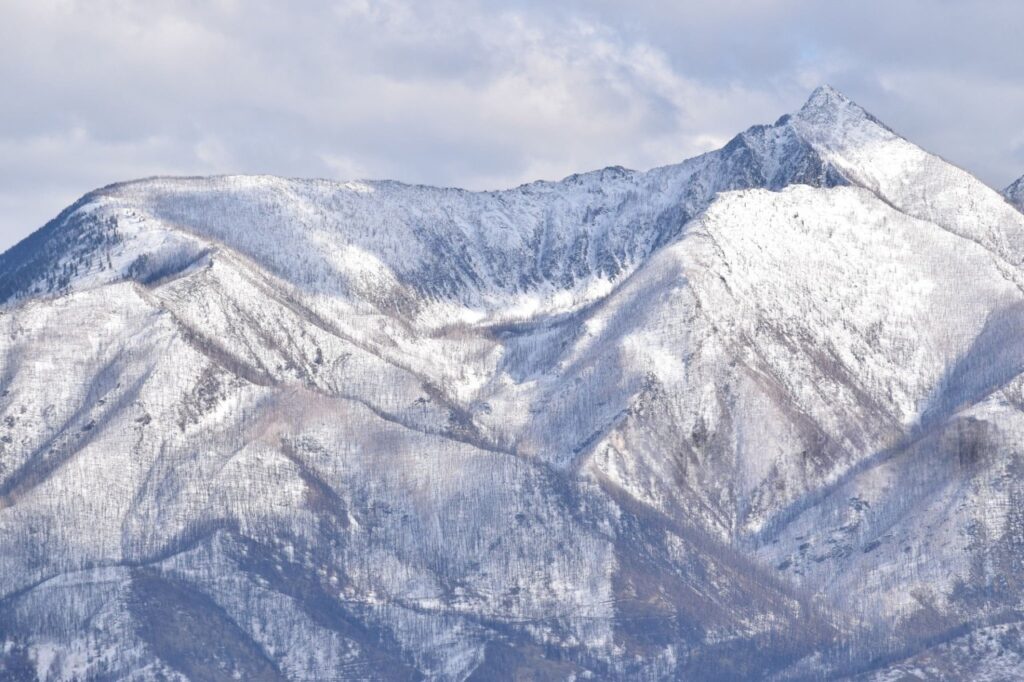
Difficulty: Medium
Season: Year-round
Duration: Five to six hours
Moving up a little in difficulty, for those who want a bit more of a challenge, this mountain is also open all year, and will also require appropriate footwear for winter snows and ice. The hike takes between five and six hours, and there are sections of the trail that will require your full attention so as not to slip and fall over. The final 100 meters to the summit are steep, but luckily there are ropes to assist you, and amazing scenery from the top.
Mt Oyama
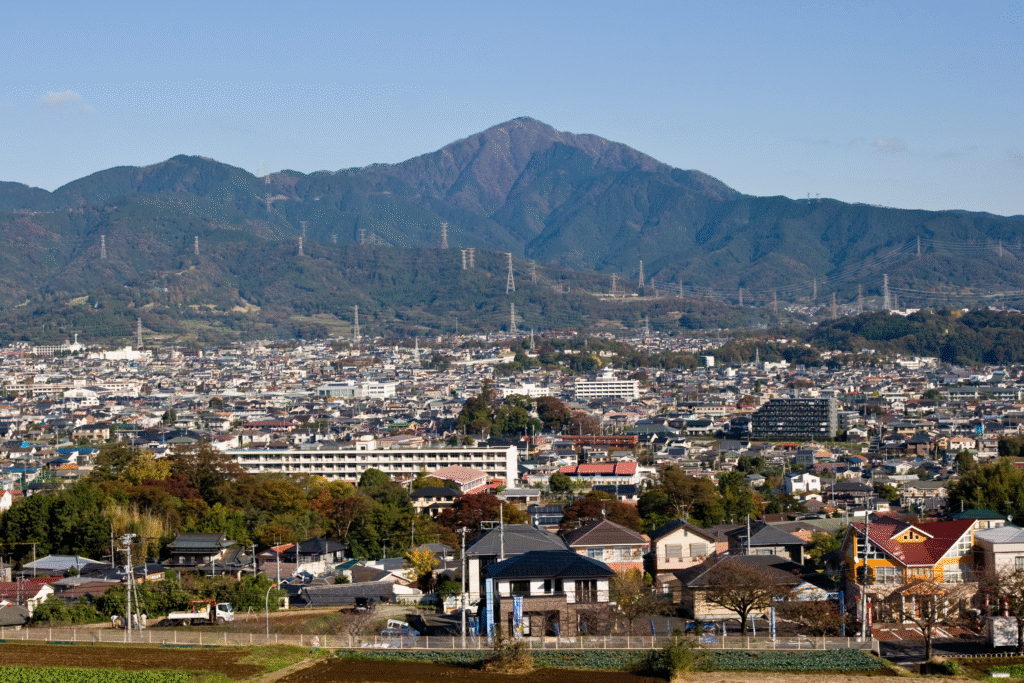
Difficulty: Medium
Season: April to January
Duration: Five to six hours
Another five or six hour excursion, this mountain also has a number of routes up and down, including the longer, more challenging Men’s Trail or the Women’s Trail, which features the scenic “Seven Wonders.” The summit itself is closed from February until March, though the mountain itself is known as one of Tokyo’s top 50 scenic locations.
Mt Mitsumine
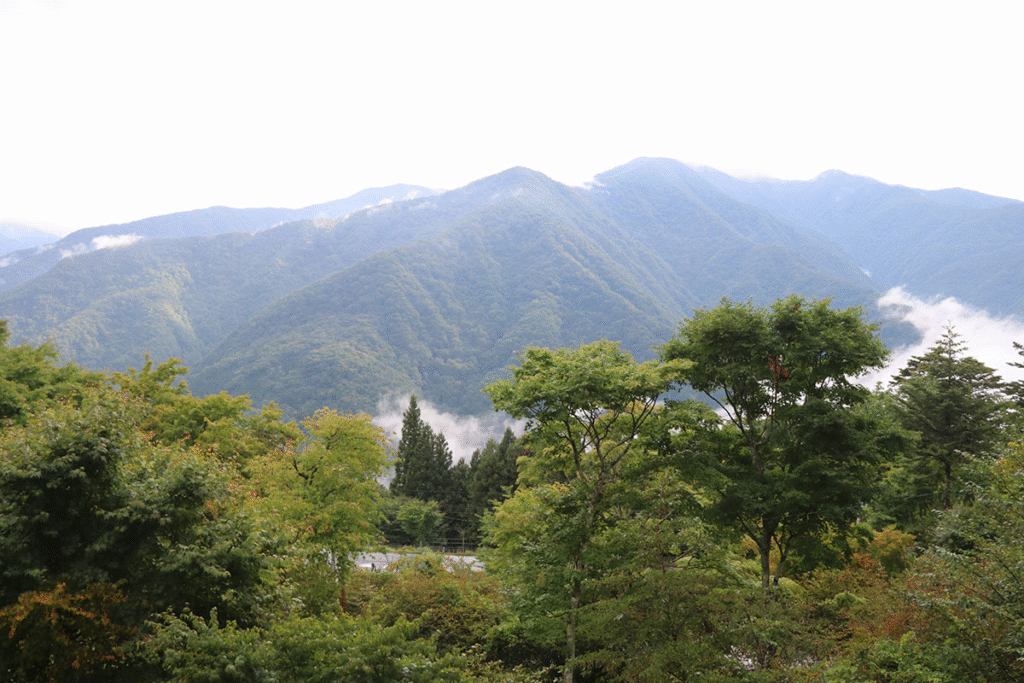
Difficulty: Medium
Season: Year-round
Duration: Five hours
In Saitama’s Chichibu Tama Kai National Park, north of Tokyo, the Mt Mitsumine trail takes roughly five hours, and is open all year. It is well known as the home of Mitsumine Shrine, which has existed for millennia, and is a point of pilgrimage for many of the Shinto faith. The beautiful greenery, slopes, and lookout spot at the top provide for unforgettable sights.
Mt Kobushigatake
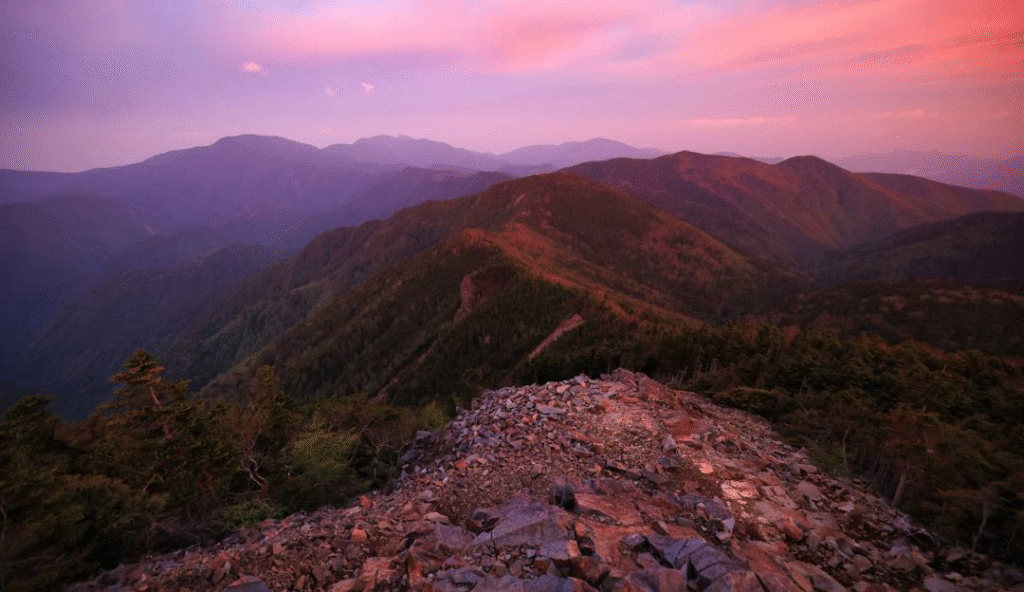
Difficulty: Hard
Season: Late spring to late autumn
Duration: Two days
Moving into our more difficult routes, which is only open from late spring to late autumn, as during the colder months the snow makes the trail impassible. Though strictly speaking doable as a day trip, you will enjoy this more if you take two days for the hike, using lodgings beneath the summit to rest for the night. Hiking along the Karisaka ridge gives unrivaled vistas of the Kanto landscape.
Mt Kentoku
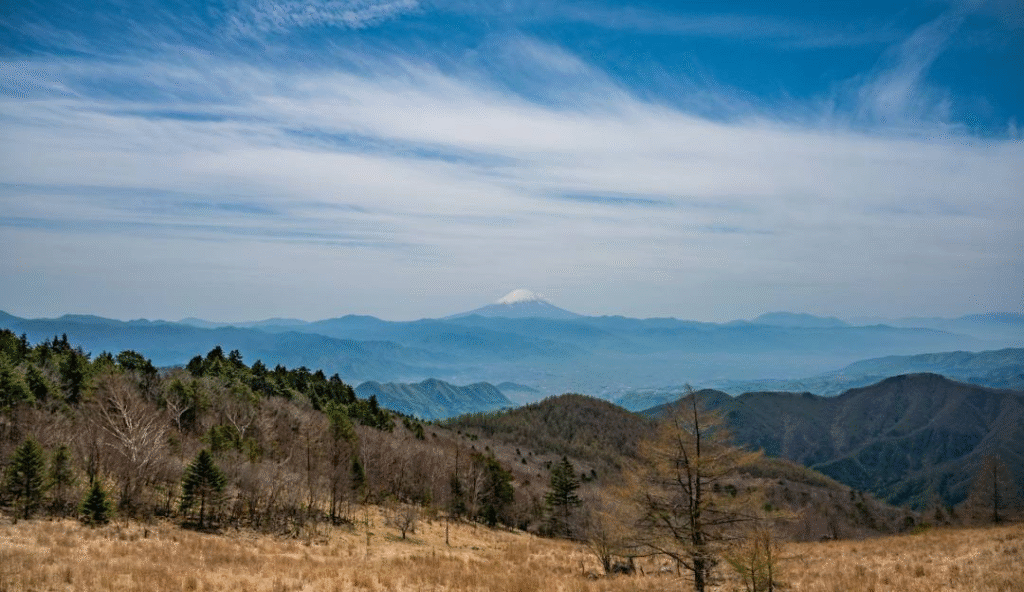
Difficulty: Hard
Season: Late spring to late autumn
Duration: Eight to ten hours
Taking between eight and ten hours to hike, and only accessible between late spring and late autumn, it is possible to camp on the Kougen Hut plateau, where you can also see Japanese deer wandering around. The route to the summit is very steep at the end, and the trek down can be difficult as well, so you may prefer to return the route you came.
Yatsugatake Mountain Range
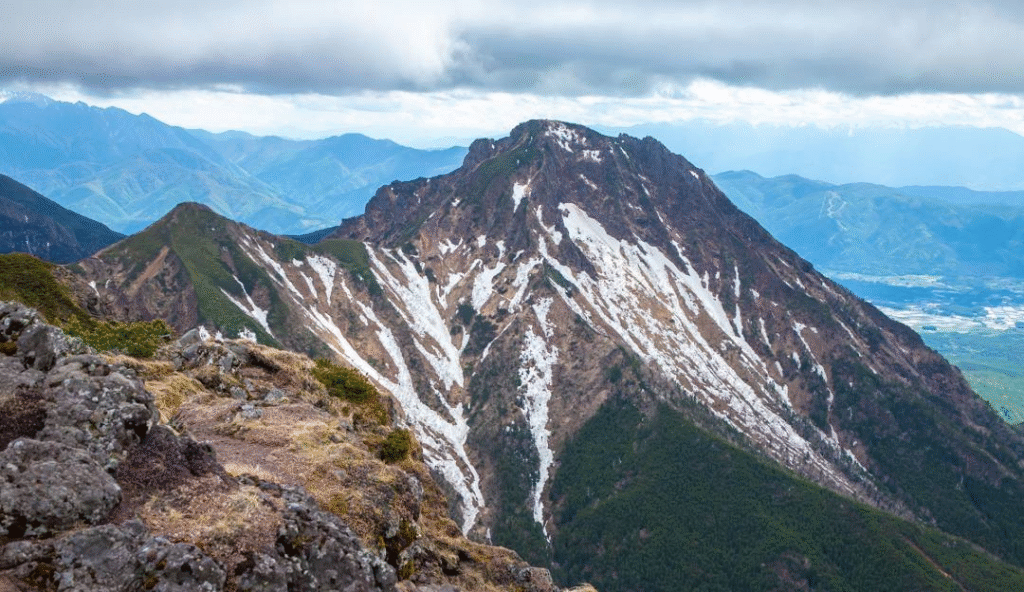
Difficulty: Hard
Season: Late spring to late autumn
Duration: One to three days
This one is for real professionals. A range of eight mountains, the hikes can take up to three days, and include Mt. Akadake, another of the 100 Famous Japanese Mountains. With multiple mountain lodges to stay at, you can have multi-day trips, but be aware that some of the mountains can be steep, and hiking in the winter is impossible, so you are better off going during the summer.
Things to Pack and Remember
While easier hikes will not requite much more than a small backpack filled with goodies, longer hikes — especially if you’re going in colder weather — will need to to pack carefully and think about what you’ll need to keep yourself safe and well on your trek.
Water
This one may seem obvious, but staying hydrated is very important. Even in cooler weather, when it might not seem like you are sweating much, exercise like hiking will take up a lot of water, so you need to replenish and rehydrate often.
Food
Same as above. While the hikes that only take a few hours will require little more than a sugary pick-me-up, some of the larger peaks require more time, and won’t necessarily have places to buy food. Make sure to bring enough to eat, and then a little more, just in case you get lost.

My tip is to freeze things like sandwiches first, so that they will thaw as you walk
Cellphone
Another obvious one, but make sure that you have your cellphone and some back-up chargers. In case you get into trouble, you’ll want to be able to contact emergency services and/or those close to you.
Insurance
This might be less obvious, but: in the event you get into trouble, helicopter lifts off of a mountain are not covered by national health insurance, and can cost well over ¥1 million. For easier hike, like Mt. Takao, this is less of a concern, but if you’re interested in climbing some of the more difficult peaks, it’s worth spending the money for peace of mind.
Hopefully this article has made all of you dear readers into happy campers! Whether you’re heading outwards and upwards for the first time, or it’s always been your dream to spend days challenging a range close to Tokyo, there are plenty of places for you to get closer to the heavens, step by step. Happy trails!


